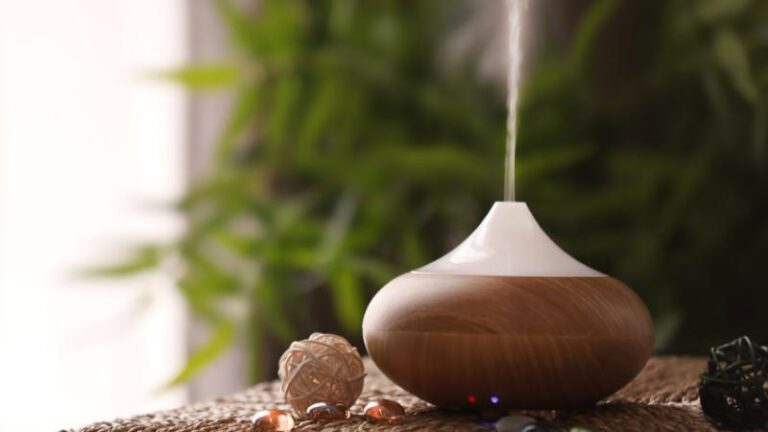How to Make Purified Water: Get the Most Out of Every Glass
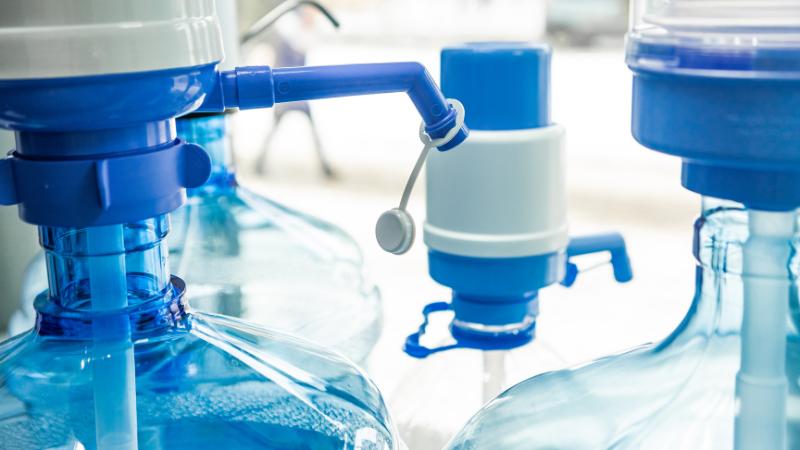
Have you ever wondered how to make purified water?
It’s easier than you think! In this blog post, we’ll discuss the different methods of purifying water, the associated benefits, and tips for making your purified water at home.
Read on to learn all about it!
Benefits of Purified Water
Nothing beats pure water when it comes to drinking. Purified water is the gold standard for hydration, offering a range of benefits that make it the ideal choice for staying healthy and hydrated.
Think of your body like a finely tuned engine, and purified water as the premium fuel. Just like a car needs clean gasoline to run at its best, your body needs clean water to perform optimally.
Purified water is free of contaminants like lead, chlorine, and bacteria that can be found in tap water. This means that when you drink your water, you can rest assured that you are getting the purest form of hydration possible.
The benefits of purified water go beyond just being free of impurities. It also has a much better taste than tap water, making it more enjoyable to drink.
Plus, it helps keep your body’s pH levels balanced and can even help flush out toxins from your system.
If you want to dig deeper, you can read our article about purified water benefits.
Methods of Purifying Water

From simple home solutions to more advanced industrial processes, there are many methods of purifying water. Knowing how to make purified water at home can help you save money and reduce your environmental footprint.
1. Boiling
Boiling water is one of the oldest, most reliable methods of purifying water. It’s a simple process that has been used for centuries to make water safe to drink. Boiling kills harmful pathogens, such as bacteria and viruses, which can cause serious illnesses.
The process is straightforward: just heat the water until it reaches a rolling boil.
Boiling water for at least one minute will kill any microorganisms that may be present. This simple technique is an effective way to make water safe for drinking and cooking.
It’s a really powerful tool in the fight against waterborne diseases. It’s easy to do and requires no special equipment or chemicals. All you need is a heat source and a pot or kettle.
Boiling is a great way to ensure that your family has access to clean, safe drinking and eating, it’s like a shield of protection against the dangers of contaminated water and an essential part of staying safe and healthy.
Boiling time
The boiling time depends on the altitude and atmospheric pressure, but typically it takes about 10 minutes for a full boil.
During this time, the water will be transformed from murky and unsafe to clear and safe. It’s like a magical transformation, with the boiling water acting like a cleansing fire that burns away any impurities.
Cooling time
Cooling time is an important factor. It’s like the final step in a process that helps make sure your water is clean and safe.
Think of it as the icing on the cake – the last, crucial detail that helps make sure your water is free from harmful contaminants.
Allow the water to slowly cool down after being heated up during the purification process. This helps eliminate any remaining bacteria or other impurities that may have been left behind.
It’s a gentle, yet effective way to ensure that your water becomes safe and clean.
Cooling time is also important for taste. By allowing the water to cool slowly, it helps preserve its natural flavor and aroma.
This ensures you get the best-tasting water possible without any off-flavors or odors.
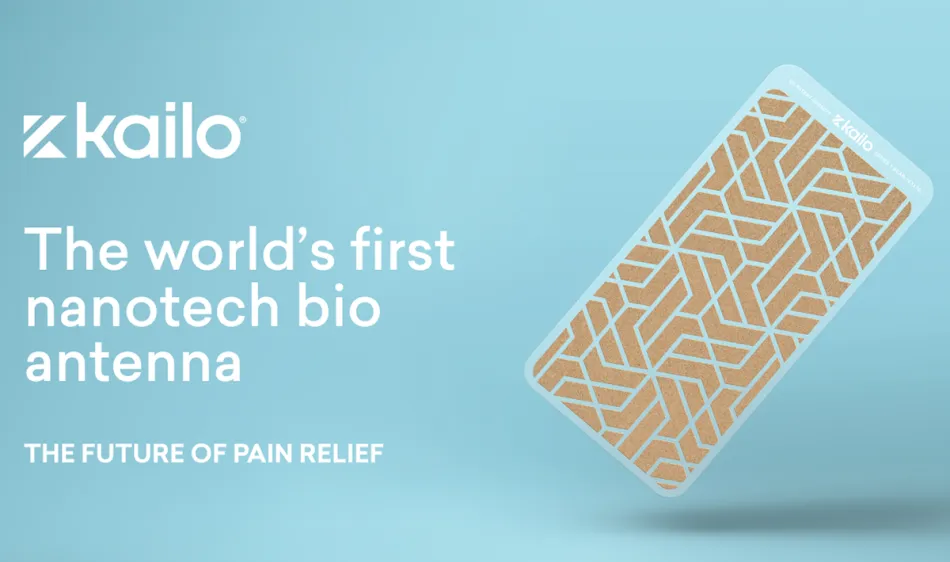
How A New Piece Of Technology Provides The Drug Free Pain Relief You’ve Been Looking For
If you’re anything like me, you don’t want to use drugs or pills that you’re unsure about.
2. Filtration
An alternative method you can use is filtration. Filtering your water removes any large pieces of debris, such as dirt, rocks, or other impurities. This helps ensure that your water is clean and safe.
There are a variety of filters available on the market, and each has its specific benefits. Some filters are specifically designed to remove bacteria and other harmful contaminants. Others are better at removing impurities, such as chlorine or fluoride.
Whatever filter you choose, make sure to read the manufacturer’s instructions carefully. Follow the guidelines in the letter to ensure that your water is filtered correctly and safely.
Types of filter
There are a variety of different types of filters available on the market. Each type has its own unique benefits and drawbacks, so it’s important to understand the differences between them before making a purchase.
- Granular Activated Carbon (GAC) filters are one of the most popular types of water filtration systems. GAC filters use activated carbon to remove impurities from water, such as chlorine and other contaminants.
- Reverse Osmosis (RO) filters are another popular type of filter. RO filters use a semi-permeable membrane to remove impurities from water. They are highly effective at removing bacteria, viruses, and other contaminants.
- Ultraviolet (UV) filters use ultraviolet light to kill bacteria and other microorganisms in water. UV filters are highly effective at killing bacteria, but they do not remove any impurities from the water.
3. Distillation
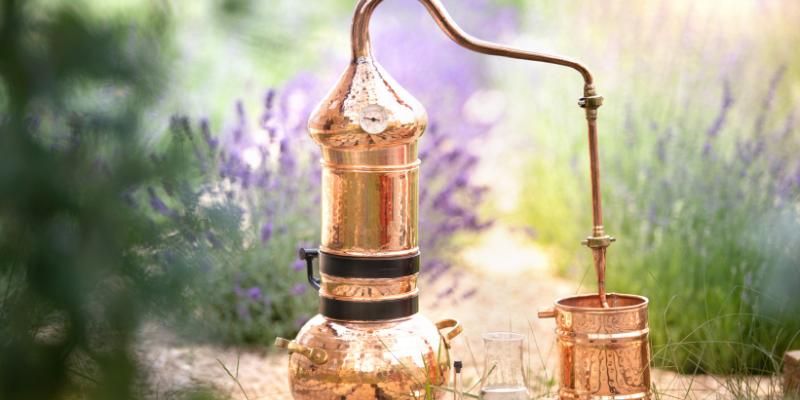
When it comes to purifying water, distillation is another reliable method out there. It’s like a filter that can separate the clean from the unclean, the pure from the impure.
It works by boiling the water and collecting the steam in a separate container, leaving behind any contaminants that may be present. This process is incredibly effective, as it eliminates bacteria, viruses, and other harmful contaminants from the water.
Equipment needed for distillation
First, you need a heat source, such as a stove or hot plate. You also need a pot or container to boil the water in. Finally, you will need a separate container to collect the steam and condense it back into liquid form.
You may also want to invest in an additional filter to remove any remaining impurities from the water.
Process of distillation
- Fill the pot with water and place it over the source of heat.
- Bring the water to a boil, and then reduce the heat to low and let it simmer for a few minutes.
- Remove the pot from the heat and let it cool for a few minutes.
- Pour the cooled water into the condenser, and then wait until the water has cooled down to room temperature.
- Pour the purified water into a container, and then store it in a safe place.
Unfortunately, during the distillation process, you will also lose any beneficial minerals that may be present in the water. To counteract this, you can add a pinch of sea salt to the container before storing it.

How A New Piece Of Technology Provides The Drug Free Pain Relief You’ve Been Looking For
If you’re anything like me, you don’t want to use drugs or pills that you’re unsure about.
4. Water purification tablets
If you don’t have much time and want your water to be purified very quickly, then water purification tablets may be the way to go.
These small tablets contain chemicals, such as chlorine dioxide or iodine, which kill bacteria and other contaminants in water. They can be used to treat contaminated water from sources such as rivers, lakes, and even wells.
The process is simple: just drop a few tablets into a gallon of water and wait for the specified amount of time, typically around 30 minutes. The tablets will then break down and the water will be safe to drink.
It’s important to note that these tablets are not always effective against certain types of bacteria, such as Cryptosporidium. Before using them, it is best to consult your local health department for advice on the safety of your water source.
Chlorine tablets or iodine tablets?
The main difference between these two types of tablets is that iodine is slightly more effective at killing bacteria than chlorine. However, chlorine tablets are the cheaper option and they also have a longer shelf life.
Iodine tablets may also cause an unpleasant taste in the water, so if you plan on using them regularly, it’s best to get used to the taste first. Iodine is not recommended for pregnant women.
Whatever you choose, they’re easy to use, and they’ll get the job done quickly. Plus, they’re relatively affordable and can be found in most stores or online.
5. Drops of bleach
Using drops of bleach is another way to purify water quickly and effectively. It can be used to treat contaminated tap water or water from lakes and streams, or other unsafe sources of water.
To use drops of bleach to purify water, simply add 8 drops of standard bleach per gallon of water.
Shake the container vigorously or stir to ensure the bleach is fully dissolved.
Allow it to sit for at least 30 minutes before drinking, as this will allow the chlorine to kill any bacteria present in the water.
If the water is cloudy and/or from an unsafe origin, increase to 16 drops of bleach per gallon.
Bleach is a disinfectant and should only be used when needed to kill bacteria, fungus, or viruses, but it will not remove most chemical contamination such as heavy metals, or salts.
Other purifying methods
You can really choose how to make purified water in many ways, and purification is always evolving. In recent years, some other commonly used methods are:
Reverse osmosis: a process that uses water pressure to push water through a semi-permeable membrane, leaving behind contaminants and other impurities. This method is very effective for removing many types of contaminants, including lead, pesticides, and sediment. Reverse osmosis systems can be installed in homes or businesses to provide clean drinking water.
Ultraviolet Light: uses UV rays to kill bacteria, viruses, and other microorganisms in water. It is often used in municipal water systems, as well as in homes and businesses for drinking water purification. While it is effective at killing pathogens, it does not remove chemical contaminants or sediment from the water.
Capacitive deionization: a newer method of water purification that uses electric fields to remove ions and other contaminants from water. This process is relatively quick and efficient and can be used to treat both brackish and freshwater sources.
Carbon filtering: uses activated carbon to remove contaminants. Carbon filters are often found in the home and commercial water filtration systems, as they are effective at removing a wide range of contaminants such as chlorine, lead, and pesticides.
Fact Sheet from cdc.gov: Drinking Water Treatment Technologies for Household Use
Advantages and Disadvantages of Purified Water
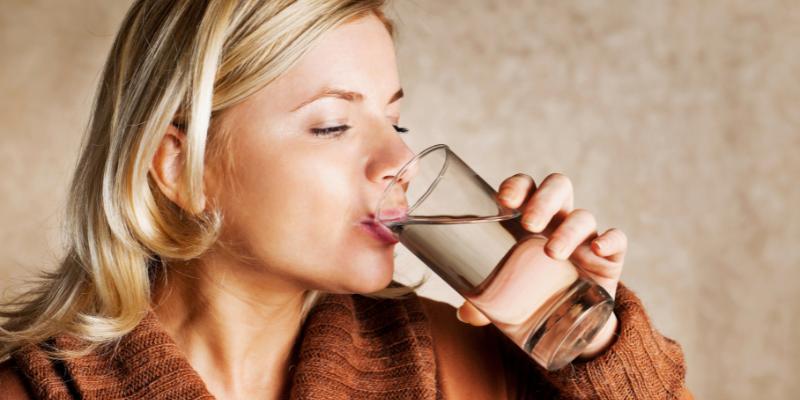
Advantages
Health benefits
The advantages of drinking purified water for your health are numerous.
It helps to flush out toxins from the body, and can even help to reduce the risk of certain diseases.
It helps to improve digestion, as it contains no additives or chemicals that can interfere with the digestion process.
Purified water is also free from chlorine and other chemicals that can hurt our health.
Another great benefit of purified water is that it can help to improve skin health, being free from impurities that can cause skin irritation and breakouts. Your skin will look hydrated and healthy.
Taste benefits
Purified water doesn’t have a strong taste, so it can be enjoyed by everyone. It’s also a great way to enjoy the taste of your favorite beverages, as it won’t interfere with the flavor.
Disadvantages
There are a few disadvantages when producing purified water at home.
Cost of equipment
One downside is that it can be more expensive than buying bottled water.
You’ll need a source of heat, containers, and maybe other accessories. This can be costly and not always worth it.
Time-consuming process
Another downside of purifying water at home is that it can be time-consuming to make.
You’ll need to boil, filter, and store. This process can be a bit tedious, and may not be suitable for everyone.

How A New Piece Of Technology Provides The Drug Free Pain Relief You’ve Been Looking For
If you’re anything like me, you don’t want to use drugs or pills that you’re unsure about.
Conclusion on How to Make Purified Water
Making purified water is an essential part of a healthy lifestyle. It’s like a filter for your body, removing toxins and contaminants that can be harmful to your health. And now you know how to make it!
It’s easy and affordable. You can buy a water filter to get started, or you can use common items like coffee filters, bleach drops, or iodine tablets to purify your own water at home. There are also special water purification tablets that are effective against most types of bacteria.
Purified water is like liquid gold for your body, so it’s worth taking the time to make sure it’s done right.

